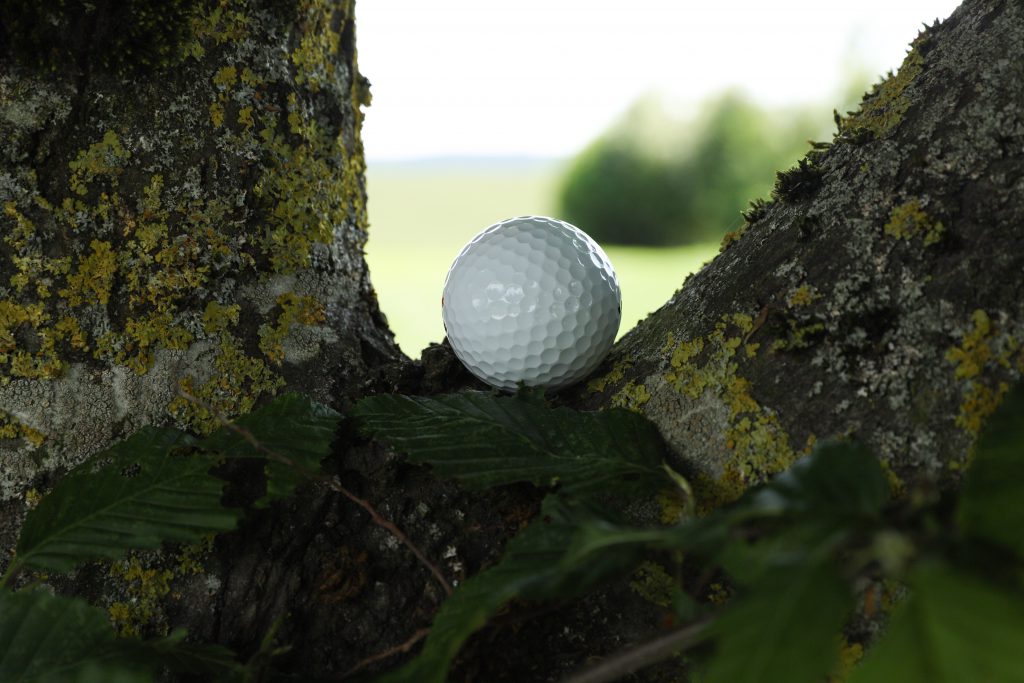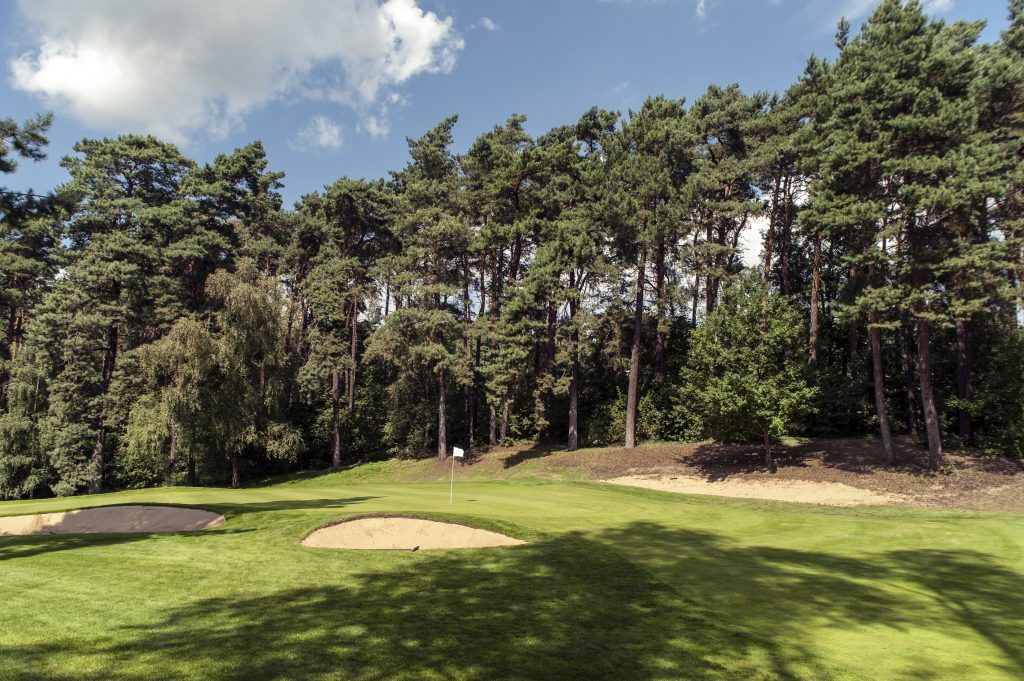How to prevent and control moss
Related Articles
Moss is a perennial problem for greenkeepers. Dr Christian Spring details how to prevent and control it.
What a year 2018 was. A scorching summer followed by a mild and wet winter, which led to moss having a bumper season for invading turf this spring. Turf stress last summer resulted in thinner than normal swards going into autumn and winter. Wet and mild conditions favoured moss growth over that of grass. All this led to a recipe for moss nirvana.
At STRI’s research facility in Bingley, moss ingress was not a problem in 2018 until late October / early November, when it rapidly colonised areas of fine turf or low input / usage turf that was recovering from the dry and hot summer.
Then, in what seemed like an overnight change, in came the moss as temperatures dropped, grass growth declined and soil moisture levels increased. This is likely to be a similar story for many turf managers out there.
Giving moss the heave-ho
There are two groups of treatments that can be used to control moss that has become established in turf:
- Physical control, that is physical removal of moss;
- Chemical control, that is application of an authorised moss control product.
Physical controls rely on getting rid of moss from turf, allowing grass to recolonise. The most common type of physical control is scarification, whether this is by manual raking of a lawn or use of a pedestrian or trailed scarification unit.
Normally, physical control will be combined with overseeding of bare areas left after moss removal. This is important, as canopy gaps in turf also offer an opportunity for broad-leaved weeds and weed grasses to exploit these bare areas. Indeed, at this stage, it is often a good idea to apply a light feed to ensure grass and new seedlings are healthy and turf thickens as quickly as possible.

Chemical control relies on applying a mossicide to control the moss. Many products use iron to blacken and kill moss. This could range from a traditional lawn sand that contains iron sulphate, often with a low dose of nitrogen to help turf recover, through to dedicated liquid or granular mosskillers. Care should be taken to ensure dose rates are correct and treatments are made evenly. This is critical when applying any plant protection product. It also ensures that grass plants themselves won’t be blackened by the iron, resulting in turf discolouration.
The appropriate treatment, or more likely combination of treatments, to control moss depends on the type of moss and its level of ingress. If moss has become well established, often a combination of chemical control, through application of a mosskiller, coupled with physical removal of the dead moss and then subsequent overseeding and feeding of turf is used as an effective programme. Less well established or more diffuse moss invasion can often be dealt with by either physical or chemical control.
Certain types of moss are also more difficult to control than others. Typically, fern-like type mosses tend to form less dense patches and can often be found with grasses growing amongst the moss. Fern-like type mosses are often more straightforwardly controlled and removed, but can form large patches that can easily become dominant in turf, which means larger bare areas once the moss has been dealt with.
Tufted (mat or cushion-like) mosses often start as small patches, that can become much larger if left unchecked.
Chemical control can be more difficult on denser patches of moss, as penetration of the liquid moss control product can be reduced. With tufted mosses, a combined approach of chemical and physical control is often essential.
Prevention is better than cure
The presence of moss in turf is often a strong indication that there are underlying agronomic issues. By far and away the optimum approach to moss control is not to allow moss to invade turf in the first place. Moss cannot compete with vigorously growing, healthy turf. However, when turf growth is weak or slow (as is often the case in late autumn and winter) and there are gaps in the turf canopy, then moss can not only survive, it can thrive. The factors that favour moss growth are:
- Low fertility. Strong turfgrass with sufficient fertility will be more able to outcompete moss and prevent ingress.
- A moist turf and poor drainage. Low fertility encourages the fern-like and tufted mosses.
- A very dry soil, for example over drains, on mounds and ridges, where inadequate watering or over-drainage encourages the upright type.
- Cutting too closely or poor surface levels causing scalping.
- A soft, spongy sward with a thick fibre (thatch) layer.
- Excessive acidity.
- Over-consolidation of soil, that is compaction
- Shade.
Our best option for tackling moss, is taking a long hard look at our turf maintenance programmes, identify the factors favouring moss, address them and turn the tables back in favour of grass. This often means making sure that turf is healthy, with full grass cover going into winter.

Golf course shade is one of a number of major factors that favour moss growth
Ensure that soil conditions are suitable for grass growth, that is not too much organic matter, adequate drainage and not too compacted. Be responsive to growing conditions in late winter and early spring, taking the opportunity to trickle-feed turf to maintain a healthy, dense canopy, which means there are no habitats in our turf for moss to exploit.
Dr Christian Spring is the STRI’s research operations manager

























